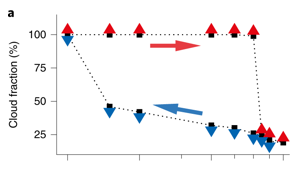Central China hit by drought, as reservoirs become ‘dead water’
By EDWARD WONG
16 May 2011 BEIJING — A severe drought along the Yangtze River region in central China has rendered nearly 1,400 reservoirs in Hubei Province temporarily unusable, devastated farm fields and made drinking water scarce, according to a report on Monday by Xinhua, the state news agency. The drought, which has lasted for five months, has brought water levels in the middle part of the Yangtze to a near-record low. For the second time since the Three Gorges Dam, the world’s largest hydroelectric project, began operating, officials have had to make emergency water discharges from it to help ease the drought. As of Sunday, 4 medium-size reservoirs and 1,388 small reservoirs in Hubei had dropped below the allowable discharge levels for irrigation, the official Xinhua News Agency reported, citing the director of the reservoir management office for the Hubei Provincial Water Resources Department. One-fourth of all small reservoirs had what officials called “dead water” remaining, which could be pumped for use only in an emergency. The drought adds to concerns over the effect that a gargantuan water-diversion project will have on the central provinces of China. The project, called the South-North Water Diversion, is supposed to move water from the Yangtze and its tributaries north to Beijing along a canal, and to Tianjin along an eastern route. Both routes are supposed to be fully operational within the next couple of years. Criticism of the project has become widespread, and many people along the Yangtze and in the south say precious water resources should not be sent north, where there has been a chronic water shortage. …
Central China Hit by Drought, as Reservoirs Become ‘Dead Water’

